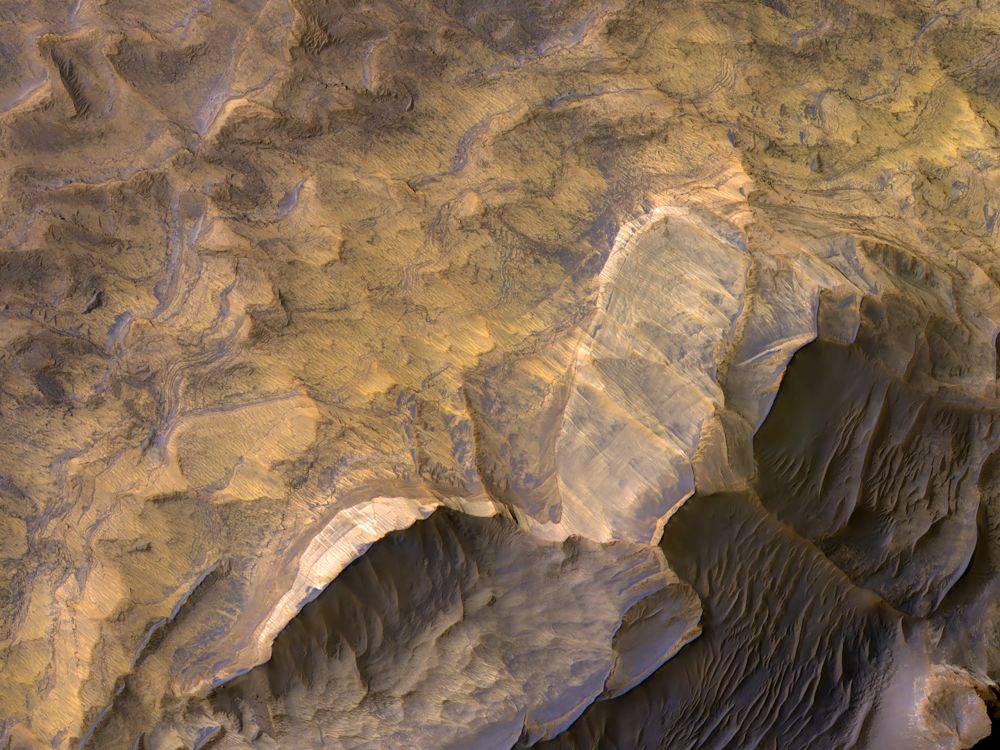If Mars is a potential home for alien life, can we land safely anywhere on the surface without introducing contamination of Earth-born bacteria? A new study has some good news and some bad news. The good news is that Mars is likely completely inhospitable to life. The bad news is that Mars is…likely completely inhospitable to life.
As we continue to poke and prod at the Red Planet, we humans have two primary goals: a) see if this dusty cold dirtball of a world once hosted life, and maybe even is a home for tiny little Martians today, and b) set up shop there ourselves, eventually building towards permanent human habitation, and maybe even a self-sustaining colony someday.
These two goals are slightly exclusive of each other. As we send more Earth-originated junk in that direction, we increase the chances of our own bacteria, viruses, and fungi to hitch rides through the millions of miles and start their own microscopic colonies on Mars. That Earth-born life would then contaminate any available niches on that planet.
That would be a very bad thing for two reasons. One, Earth life would start competing with any (potential) Martian life, and we’re not in the mood as a species to kick off the first interplanetary game of survival of the fittest. Second, the presence of Earth microbes would contaminate any signs of actual, real Martian life forms. If we see something wiggling in the red dirt under our microscopes, we want to know that we’re seeing the Real Deal.
We don’t know if there’s life on Mars right now, or ever has been. We think life may have had a chance there in the distant past, because back in the day Mars was flush with water: lakes, rivers, streams, oceans, the whole deal. And where there’s water, there’s a potential home for life.
But the Mars of today is a totally different story. Planetary scientists continue to debate if there is any water at all on or near the surface, and if so, what state it’s in (e.g., if it’s super-salty or relatively pure) and how long it lasts.
Knowing where the water might be can tell us where life might be. Armed with that information, we can cordon off those areas, securing them for contamination-free research, while we busy ourselves building our colonies somewhere more barren.
According to new research, it looks like we might have more freedom on the Red Planet than we originally thought. Pure liquid water is totally unstable on the Martian surface: without a significant atmosphere, pure water just evaporates as quickly as it forms. But briny solutions, where water mixes with magnesium perchlorate or calcium perchlorate, are possible, either on the surface itself or just below it.
But even those brines don’t last for long. According to the research, the brines can only last for a few weeks out of the year, and even then they’re only stable for a handful of hours. And I need to mention how cold those brines are: -50 degrees Fahrenheit (and roughly the same in Celsius).
No matter how you slice it, those conditions are inhospitable to all forms of Earth life, even the hardiest extremophiles. So it appears that Mars is free from Earth-born contamination…but that also means that Mars is likely a dead, frozen world.

